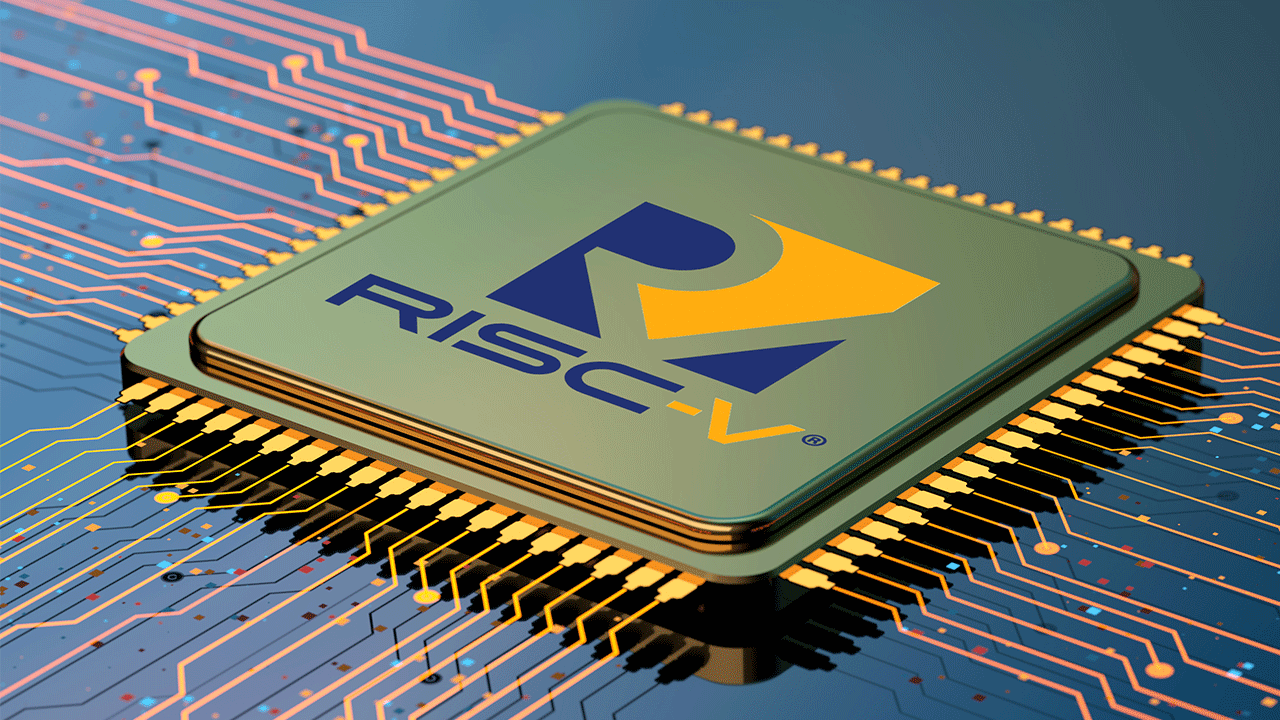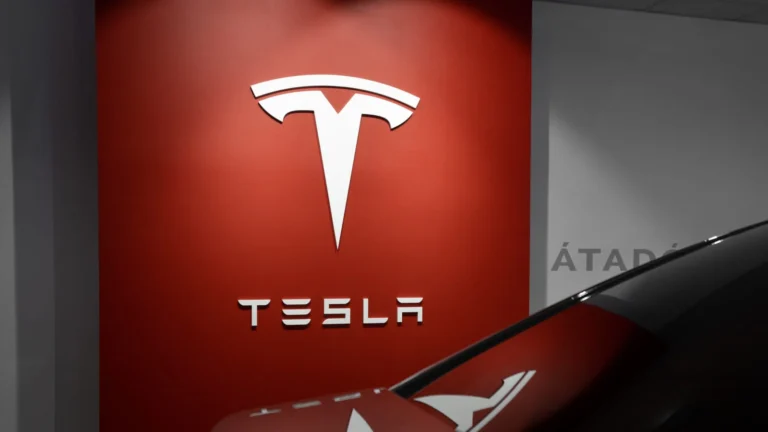The Rise of RISC-V: How Open-Source Architecture is Disrupting the Chip Industry
Introduction
The semiconductor industry has long been dominated by proprietary architectures like x86 (Intel, AMD) and ARM (now a public company). But a silent revolution is underway, driven by an open-source alternative called RISC-V. This free, modular instruction set architecture (ISA) is reshaping how chips are designed, offering unprecedented flexibility, cost savings, and innovation.
In this deep dive, we explore:
- What RISC-V is and why it matters
- Key players adopting RISC-V
- How it compares to ARM and x86
- The future of open-source chip design
What is RISC-V?
RISC-V (pronounced “risk-five”) is an open-standard instruction set architecture (ISA) based on reduced instruction set computing (RISC) principles. Unlike ARM or x86, which are proprietary, RISC-V is license-free, meaning anyone can use, modify, and implement it without paying royalties.
Why RISC-V is a Game-Changer
✅ No Licensing Fees – Companies avoid ARM’s costly licensing model.
✅ Customizable – Designers can add proprietary extensions.
✅ Modular Design – Only use what you need, reducing complexity.
✅ Growing Ecosystem – Backed by Google, NVIDIA, Intel, and startups.
Major Companies Betting on RISC-V
1. NVIDIA
After the failed ARM acquisition, NVIDIA doubled down on RISC-V for data center GPUs and AI accelerators. Their BlueField DPUs now integrate RISC-V cores.
2. Intel
Intel launched a $1B fund to boost RISC-V development and even plans to manufacture RISC-V chips in its fabs.
3. Google & Qualcomm
Google uses RISC-V in Tensor Processing Units (TPUs), while Qualcomm integrates it into wearables and IoT devices.
4. Startups (SiFive, Esperanto)
Companies like SiFive (backed by Intel & Qualcomm) are building high-performance RISC-V CPUs to compete with ARM.
RISC-V vs. ARM vs. x86
| Feature | RISC-V | ARM | x86 (Intel/AMD) |
|---|---|---|---|
| Licensing | Open-source | Proprietary | Proprietary |
| Customization | Fully customizable | Limited | Very Limited |
| Performance | Improving fast | Mature | Best for high-end PCs/servers |
| Cost | Free (no royalties) | Expensive licenses | High licensing/patent costs |
Where RISC-V Excels
- IoT & Edge Devices (Low power, customizable)
- AI Accelerators (Flexible extensions for ML workloads)
- Academic & Research (No legal barriers to experimentation)
Challenges Facing RISC-V
Despite its promise, RISC-V isn’t without hurdles:
🔴 Software Ecosystem – ARM and x86 have decades of optimized software.
🔴 High-Performance Gaps – Still behind ARM in mobile/laptop CPUs.
🔴 Fragmentation Risk – Too many custom extensions could split compatibility.
The Future of RISC-V
By 2030, RISC-V could capture 10-20% of the CPU market, especially in:
- Automotive (Self-driving chips)
- AI/ML Processors (Custom accelerators)
- Space & Defense (Secure, auditable designs)
With China heavily investing in RISC-V to reduce reliance on Western tech, geopolitical factors will also drive adoption.
Conclusion
RISC-V is more than just an alternative—it’s a paradigm shift in chip design. As companies seek cost-effective, customizable, and open solutions, RISC-V is poised to disrupt the dominance of ARM and x86.
Will it replace them entirely? Unlikely soon. But in IoT, AI, and specialized computing, RISC-V is already winning.



